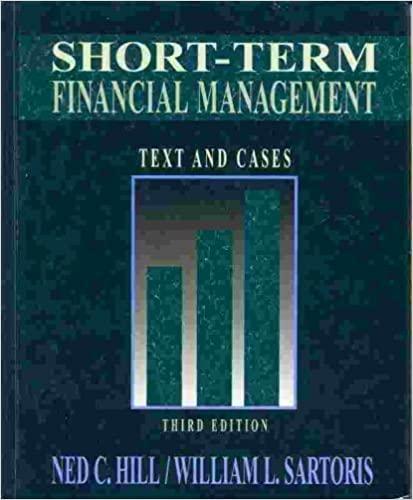
Solve the following problem taken from a thirteenth-century Chinese math book: A ship engaging in trade to the South China Sea return to port. After paying customs duties they have a profit of 5088 Chinese ounces (liang ) of aloe wood, 10,430 bags of pepper, and 212 packages of ivory. Before their voyage, four partners contributed capital of various commodities. Partner A contributed 200 Chinese ounces of gold and 40 bags of salt. Partner B contributed 800 Chinese ounces of silver and 264 bags of salt. Partner C contributed 15 quota vouchers and 1670 Chinese ounces of silver. Partner D contributed 52 quota vouchers and 58 1/3 Chinese ounces of gold. Each share is worth 106,000 strings of cash (each string had 1000 coins) respectively. In reality, D's gold is borrowed from A, C's quota is borrowed from D, B's silver is borrowed from C, and A's salt is borrowed from B. 3.a. Calculate the unit price of one Chinese ounce of gold, one Chinese ounce o silver, one quota check, and one bag of salt. 3.b. Calculate the respective quantities and cash value of the different commodities owned by Merchant A, Merchant B, Merchant C, and Merchant D before the partnership was formed. 3.c. Calculate the profit that each merchant should gain in proportion to their capital before the partnership. 3.d. What does this tell you about the medieval Chinese economy and trade? Solve the following problem taken from a thirteenth-century Chinese math book: A ship engaging in trade to the South China Sea return to port. After paying customs duties they have a profit of 5088 Chinese ounces (liang ) of aloe wood, 10,430 bags of pepper, and 212 packages of ivory. Before their voyage, four partners contributed capital of various commodities. Partner A contributed 200 Chinese ounces of gold and 40 bags of salt. Partner B contributed 800 Chinese ounces of silver and 264 bags of salt. Partner C contributed 15 quota vouchers and 1670 Chinese ounces of silver. Partner D contributed 52 quota vouchers and 58 1/3 Chinese ounces of gold. Each share is worth 106,000 strings of cash (each string had 1000 coins) respectively. In reality, D's gold is borrowed from A, C's quota is borrowed from D, B's silver is borrowed from C, and A's salt is borrowed from B. 3.a. Calculate the unit price of one Chinese ounce of gold, one Chinese ounce o silver, one quota check, and one bag of salt. 3.b. Calculate the respective quantities and cash value of the different commodities owned by Merchant A, Merchant B, Merchant C, and Merchant D before the partnership was formed. 3.c. Calculate the profit that each merchant should gain in proportion to their capital before the partnership. 3.d. What does this tell you about the medieval Chinese economy and trade







